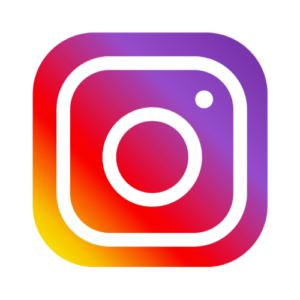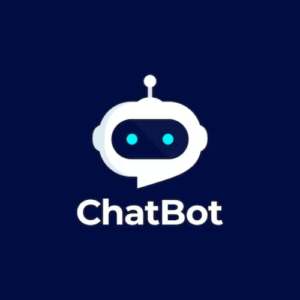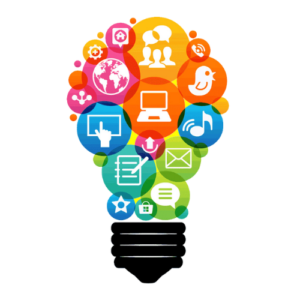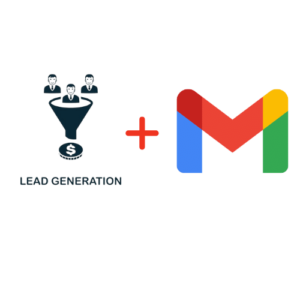Real-life scenario:
Sarah owns an online boutique selling handmade skincare products. She implements email flow content with automation to enhance her marketing efforts and drive sales.
- Automated Welcome Series: When new subscribers sign up for Sarah’s email list, they receive an automated welcome email series that introduces them to her brand, highlights her best-selling products, and offers a special discount code for their first purchase. This helps to onboard new subscribers and convert them into paying customers.
- Abandoned Cart Recovery: If a customer adds items to their shopping cart but doesn’t complete the purchase, they receive an automated email reminder with a personalized message reminding them to complete their order. The email includes images of the products they left in their cart and a direct link to complete their purchase, increasing the chances of recovering lost sales.
- Product Recommendations: Based on past purchase history and browsing behavior, customers receive personalized product recommendations via automated email campaigns. These emails highlight related products or complementary items that the customer may be interested in, encouraging repeat purchases and cross-selling opportunities.
- Post-Purchase Follow-Up: After a customer completes a purchase, they receive an automated follow-up email thanking them for their order and requesting feedback on their shopping experience. The email includes a link to a customer satisfaction survey and an incentive, such as a discount on their next purchase, to encourage participation. This helps to gauge customer satisfaction and identify areas for improvement.
- Seasonal Promotions and Offers: Throughout the year, Sarah sends automated email campaigns to her subscribers featuring seasonal promotions, holiday gift guides, and exclusive offers. These emails help to drive sales during peak shopping periods and keep customers engaged with her brand year-round.









Reviews
There are no reviews yet.